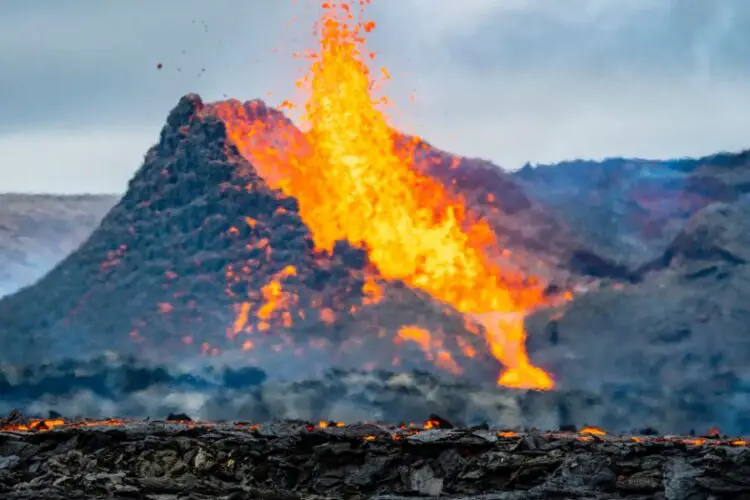The Pre-Triassic extinction event, also known as the Permian-Triassic extinction or the Great Dying, stands as the most catastrophic extinction event in Earth’s history. It occurred approximately 252 million years ago, marking the boundary between the Permian and Triassic periods. This event resulted in the loss of an estimated 96% of marine species and 70% of terrestrial species, profoundly reshaping life on our planet.

Causes of the Extinction
The exact causes of the Pre-Triassic extinction event remain a subject of ongoing scientific investigation, but several contributing factors have been proposed:
Volcanic Activity
One leading hypothesis suggests that massive volcanic eruptions in what is now known as the Siberian Traps, a region in present-day Russia, played a pivotal role. These eruptions were responsible for the release of massive amounts of volcanic gases, including carbon dioxide and sulfur dioxide, into the atmosphere. The resulting greenhouse effect caused a rapid increase in global temperatures, leading to climate change and ocean acidification.
Global Warming
The volcanic activity and subsequent release of greenhouse gases triggered a significant rise in global temperatures. This warming disrupted ocean currents, leading to reduced oxygen levels in the oceans and negatively impacting marine life. The warmer temperatures also affected terrestrial ecosystems, making conditions inhospitable for many species.
Oceanic Anoxia
The combination of elevated temperatures and increased carbon dioxide levels in the atmosphere led to decreased oxygen levels in the oceans. This phenomenon, known as oceanic anoxia, created widespread dead zones, severely impacting marine organisms that relied on oxygen for survival.
Methane Release
The volcanic activity may have also triggered the release of large amounts of methane gas from methane hydrate deposits beneath the ocean floor. Methane is a potent greenhouse gas, and its release would have intensified the warming effect, exacerbating the environmental changes and impacting species’ survival.
Effects on Life
The Pre-Triassic extinction event had profound and long-lasting consequences for life on Earth:
Marine Extinctions
The event led to the loss of diverse marine organisms, including trilobites, brachiopods, ammonites, and various reef-building organisms. The rich diversity of life in the oceans took millions of years to recover.
Terrestrial Extinctions
On land, many groups of organisms, including amphibians and large terrestrial reptiles known as synapsids, suffered significant losses. This event marked the end of the dominant Permian reptiles, known as therapsids, paving the way for the rise of the dinosaurs in the Triassic period.
Impact on Ecosystems
The collapse of ecosystems due to the extinction of key species had far-reaching consequences. It took millions of years for ecological systems to recover and for new species to diversify and fill the vacant ecological niches.
Evolutionary Opportunities
While the Pre-Triassic extinction event was a devastating event, it also opened up new ecological opportunities for surviving species. The extinction of dominant groups allowed for the rise of new lineages and the evolution of new forms of life.
Lessons Learned
Studying the Pre-Triassic extinction event provides crucial insights into the resilience of life on Earth and the long-term effects of environmental changes. It highlights the interconnectedness of geological events, climate change, and biological evolution. Understanding past extinction events helps scientists anticipate and mitigate the potential impacts of ongoing and future environmental changes, aiding in the conservation and preservation of Earth’s diverse ecosystems.

